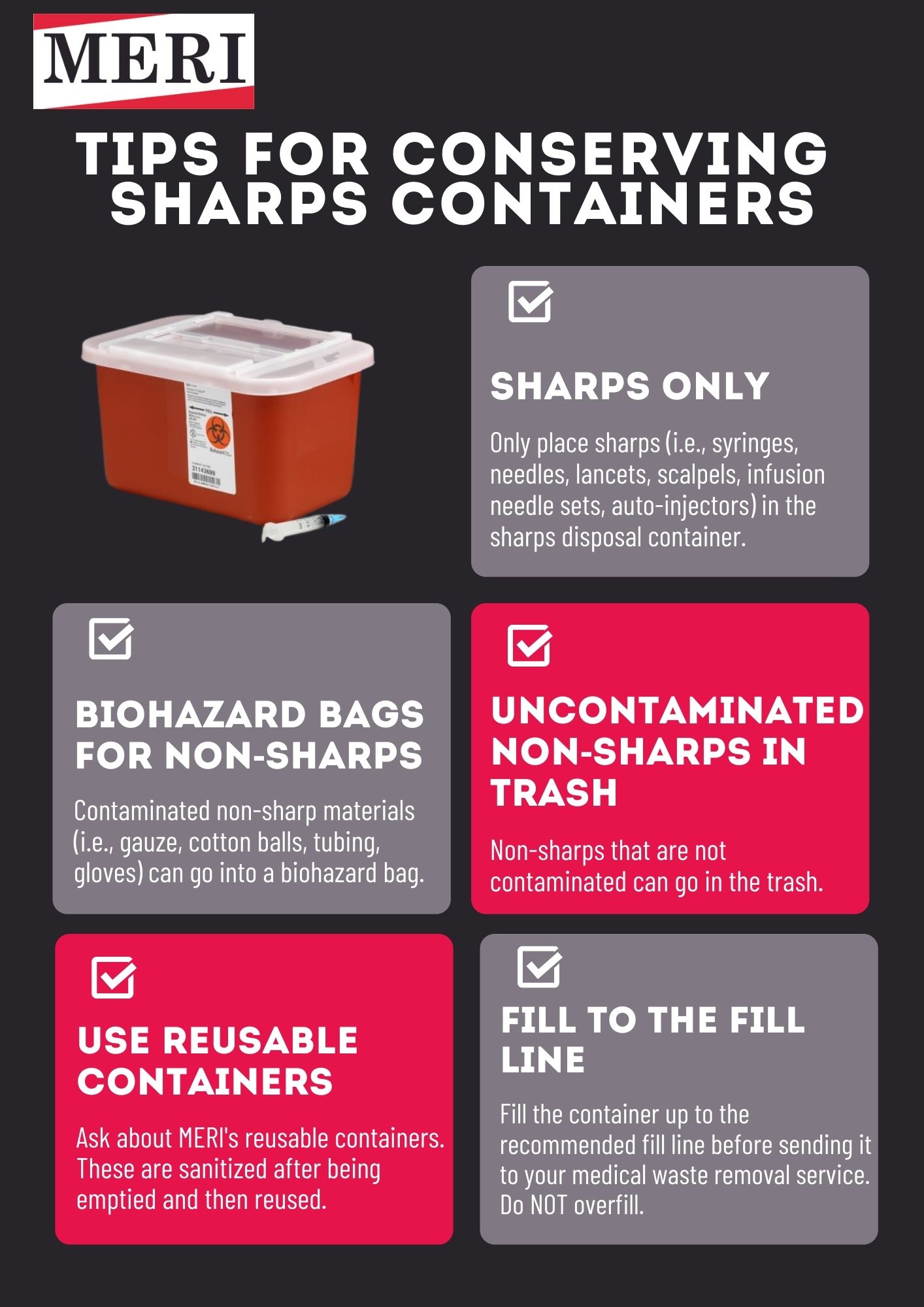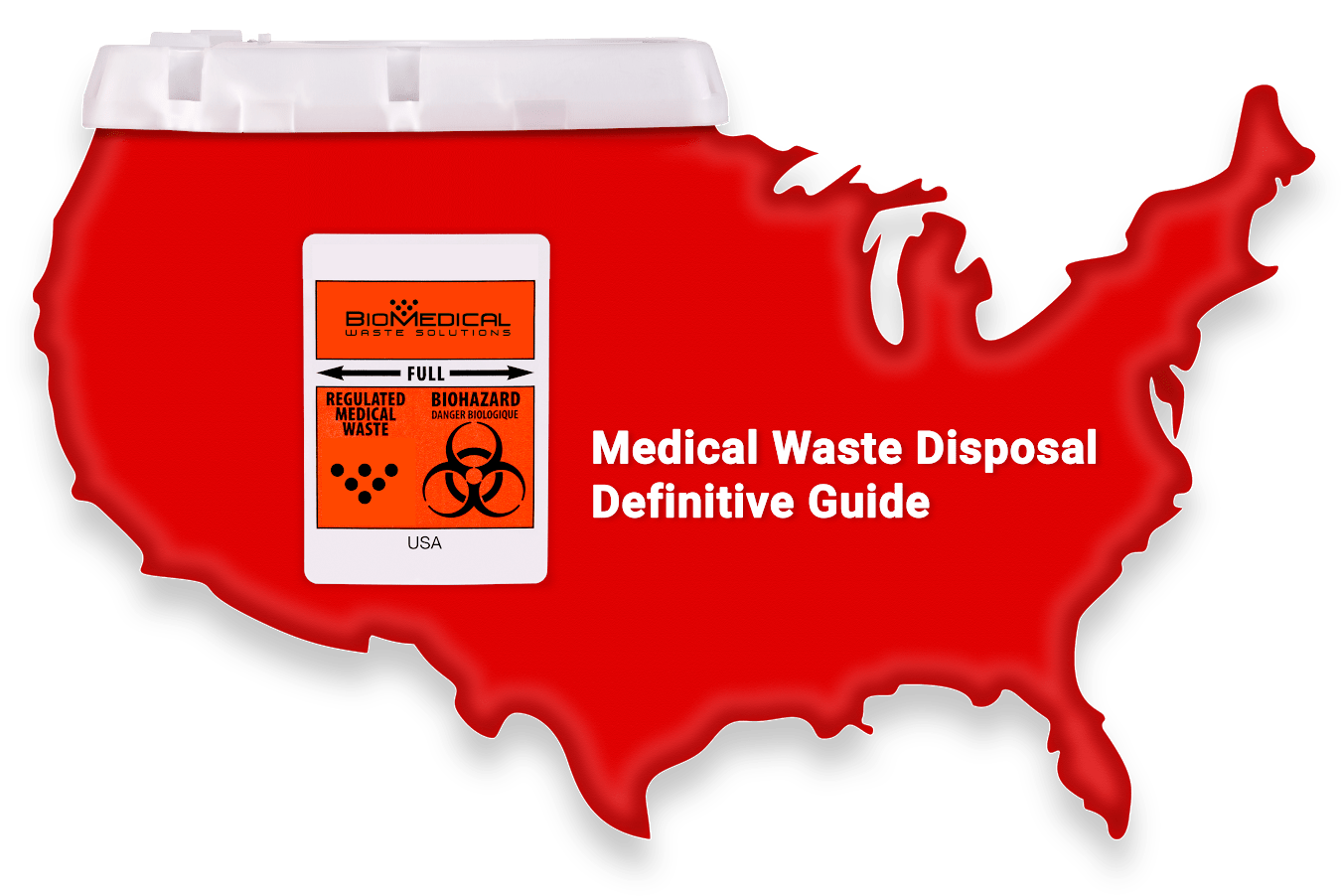Local Dedication: Your Area's Leading Medical Waste Removal Near Me
Discovering Various Garbage Disposal Options for a Cleaner Atmosphere
In the search of a cleaner setting, the management of waste disposal has become an essential centerpiece for sustainable advancement. With a wide variety of garbage disposal alternatives readily available, varying from typical land fill methods to innovative waste-to-energy innovations, the option of just how we manage our waste has far-reaching implications for our planet's well-being. By taking a look at the numerous approaches and strategies employed in reusing, composting, incineration, land fill management, and waste-to-energy processes, a deeper understanding of their impacts and performance can be acquired. The mission for optimum waste disposal methods that prioritize ecological conservation while meeting the needs of an expanding population remains a pushing issue in today's world.
Recycling Methods
Implementing reliable reusing techniques is crucial in decreasing waste and promoting sustainability in our setting. Recycling entails the process of converting waste products into multiple-use objects to protect against unnecessary disposal. Among one of the most common recycling approaches is material healing, where products like paper, metal, plastic, and glass are accumulated, sorted, and refined to develop brand-new items. This process not only preserves natural sources yet additionally minimizes power consumption and greenhouse gas emissions connected with producing new materials from square one.
An additional crucial recycling technique is composting, which entails disintegrating organic waste like food scraps and yard trimmings into nutrient-rich soil. This process not just diverts natural waste from land fills however also creates an important resource for horticulture and agriculture. Additionally, upcycling is an imaginative recycling method that entails changing old or disposed of products right into items of greater top quality or worth. By including these numerous recycling methods into our waste monitoring techniques, we can considerably minimize our ecological impact and relocate in the direction of an extra lasting future.

Composting Techniques
Effective waste monitoring methods, such as recycling approaches, pave the method for a cleaner atmosphere, and currently, changing the focus to 'Composting Techniques', we check out sustainable means to break down natural waste for ecological benefit. medical waste removal service.
Composting is an all-natural procedure that transforms organic waste, like food scraps and lawn trimmings, right into a nutrient-rich dirt amendment. The secret to effective composting depends on creating the ideal equilibrium of green products, such as vegetables and fruit scraps, and brown products, like dried leaves and branches. These products disintegrate with the assistance of microbes, breaking down the waste into useful garden compost.
There are various composting techniques offered to fit various demands. Typical yard composting involves layering organic materials in a bin or stack and routinely turning the combination to aerate it. Vermicomposting, on the various other hand, makes use of worms to break down organic issue right into garden compost (click here). For those with restricted space, indoor composting systems supply a convenient option. By utilizing composting techniques, we can minimize the quantity of waste sent to land fills while developing a useful item for enhancing dirt and sustaining plant growth.
Incineration Benefits And Drawbacks
Incineration, as a waste disposal technique, provides both benefits and disadvantages that warrant cautious factor to consider in the realm of sustainable waste management practices. On the positive side, incineration can dramatically reduce the volume of waste, lessening the requirement for land fill space and possibly reducing greenhouse gas exhausts.
Additionally, the high initial investment and operational expenses of incineration facilities pose economic obstacles, making it a much less cost-efficient option contrasted to various other waste administration approaches. Careful surveillance and policy are crucial to alleviate these unfavorable effects and maximize the benefits of incineration as component of a thorough waste monitoring technique.
Land Fill Administration Methods
Landfills play a critical function in waste management and ecological conservation by supplying a containment system for the disposal of solid waste products. By condensing the waste, the volume is lowered, allowing for more waste to be suited over time.
Moreover, the application of daily cover practices is crucial in minimizing smells, protecting against litter, and decreasing the destination of parasites. Treatment the disposed waste at the end of each day aids to include odors and protect against potential environmental contamination. Additionally, the tracking of land fill gas discharges and leachate degrees is critical in making certain that environmental criteria are fulfilled which any prospective risks to bordering communities are lessened.

Waste-to-Energy Technologies
Among the cutting-edge strategies to squander management includes using Waste-to-Energy modern technologies to convert strong waste right into usable power resources. Waste-to-Energy (WtE) technologies include a series of procedures that intend to draw out energy from waste products via thermal, chemical, or biological methods. This conversion process not only reduces the quantity of waste that finishes up in landfills yet likewise generates useful energy sources such as electrical power, warmth, or biofuels.
There are numerous approaches of Waste-to-Energy conversion, including gasification, incineration, and pyrolysis. Incineration includes burning waste at heats to create heat and electrical energy. Gasification transforms waste into a syngas, which can be utilized for power generation or chemical manufacturing. Pyrolysis breaks down natural products using heats in the absence of oxygen, generating bio-oil, char, and gas.
Implementing Waste-to-Energy technologies can help minimize ecological issues connected with traditional waste disposal methods while simultaneously giving an eco-friendly energy source. However, careful factor to consider must be offered to exhausts control and guaranteeing the sustainability of feedstock products for these technologies to be absolutely valuable for a cleaner atmosphere.

Verdict
To conclude, checking out different waste disposal choices such as recycling, composting, incineration, garbage dump monitoring, and waste-to-energy innovations is important for promoting a cleaner atmosphere - click here. Each approach has its very own advantages and challenges, however by using a mix of these approaches, we can function in the direction of minimizing the quantity of waste that finishes up in garbage dumps and ultimately add to a much more lasting future for generations to find
With a wide range of waste disposal options available, ranging from typical landfill techniques to innovative waste-to-energy technologies, the selection of just how we handle our waste has far-ranging effects for our earth's health. medical waste removal.Incineration, as a waste disposal approach, provides both advantages and drawbacks that warrant mindful factor to consider in the world of sustainable waste management techniques.Land fills play an essential role in waste administration and environmental conservation by offering a control system for the disposal of strong waste materials. By condensing the click here to find out more waste, the volume is lowered, enabling for even more waste to be suited over time
One of the cutting-edge techniques to throw away monitoring entails using Waste-to-Energy innovations to transform solid waste into useful power sources.